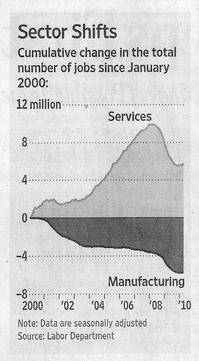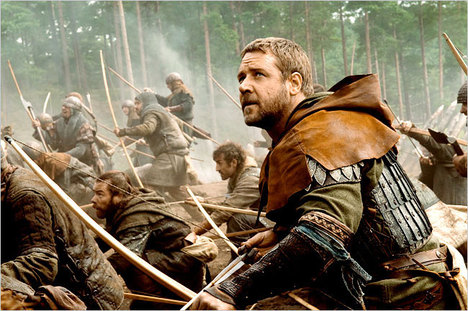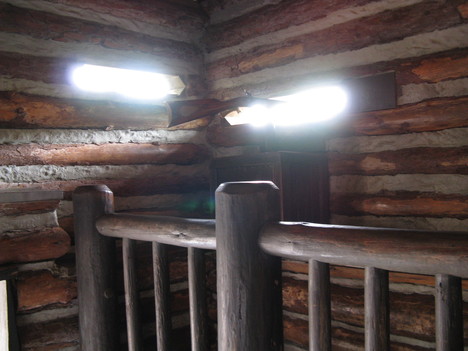 “Last week, Giorgio Fidenato, who had planted genetically modified corn, stood amid stalks that had been trampled by antiglobalization activists.” Source of caption and photo: online version of the NYT article quoted and cited below.
“Last week, Giorgio Fidenato, who had planted genetically modified corn, stood amid stalks that had been trampled by antiglobalization activists.” Source of caption and photo: online version of the NYT article quoted and cited below.
(p. A4) VIVARO, Italy — Giorgio Fidenato declared war on the Italian government and environmental groups in April with a news conference and a YouTube video, which showed him poking six genetically modified corn seeds into Italian soil.
In fact, said Mr. Fidenato, 49, an agronomist, he planted two fields of genetically modified corn. But since “corn looks like corn,” as he put it, it took his opponents weeks to find his crop.
The seeds, known as MON810, are modified so that the corn produces a chemical that kills the larvae of the corn borer, a devastating pest. Yet while European Union rules allow this particular seed to be planted, Italy requires farmers to get special permission for any genetically modified, or G.M., crop — and the Agriculture Ministry never said yes.
“We had no choice but to engage in civil disobedience — these seeds are legal in Europe,” said Mr. Fidenato, who has repeatedly applied for permission, adding that he drew more inspiration from Ron Paul than Gandhi.
. . .
After Mr. Fidenato’s provocation, investigators did genetic testing to identify the locations of the offending stalks in the sea of cornfields that surround this tiny town. Officials seized two suspect fields — about 12 acres — and declared the plantings illegal. Greenpeace activists surreptitiously snipped off the stalks’ tassels in the hope of preventing pollen from being disseminated.
On Aug. 9, 100 machete-wielding environmental activists from an antiglobalization group called Ya Basta descended on Vivaro and trampled the field before local police officers could intervene. They left behind placards with a skull and crossbones reading: “Danger — Contaminated — G.M.O.”
Giancarlo Galan, who became agriculture minister in April, called the protesters “vandals,” although he did not say he would allow genetically modified crops. But Luca Zaia, the previous agriculture minister and president of the nearby Veneto region, applauded the rampage, saying: “There is a need to show multinationals that they can’t introduce Frankenstein crops into our country without authorization.”
Over the past decade, genetically modified crops have been a major (p. A8) source of trade friction between Europe and the United States.
Both the United States Food and Drug Administration and the European Food Safety Agency say that there is no scientific evidence that eating MON810 corn is dangerous.
. . .
. . . it is not clear that the battle of Vivaro will have a quick victor. Jail time or at least fines are expected for Mr. Fidenato (illegal planting) and Mr. Tornatore (trespassing and destroying private property).
For the full story, see:
ELISABETH ROSENTHAL. “In the Fields of Italy, a Conflict Over Corn.” The New York Times (Tues., August 24, 2010): A4 & A8.
(Note: ellipses added.)
(Note: the online version of the review has the date August 23, 2010.)
 “An ear of corn infested with corn borers. A modified variety is meant to counteract the pest.” Source of caption and photo: online version of the NYT article quoted and cited above.
“An ear of corn infested with corn borers. A modified variety is meant to counteract the pest.” Source of caption and photo: online version of the NYT article quoted and cited above.








